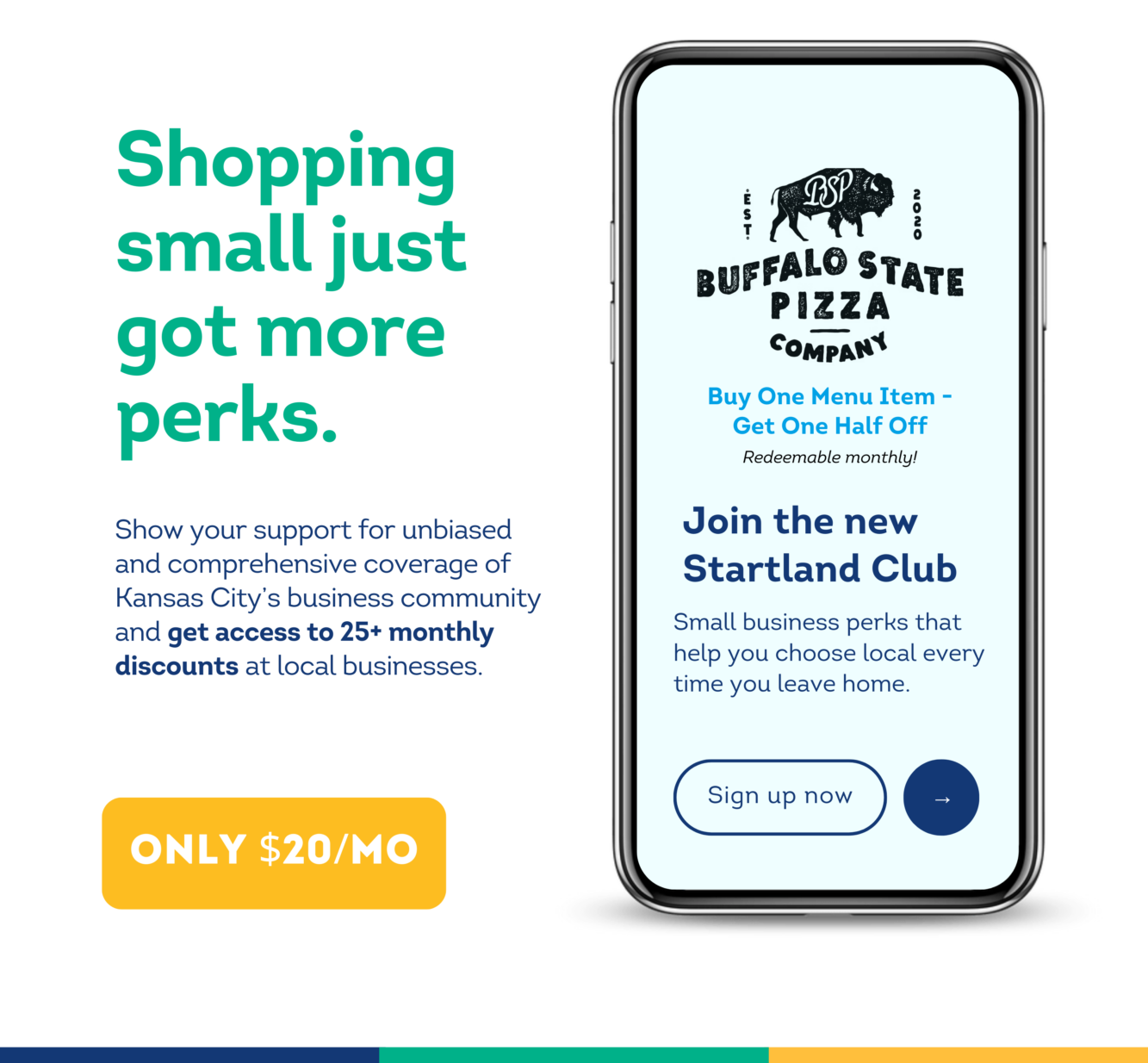Editor’s note: The opinions expressed in this commentary are the author’s alone.
High school-aged virtual reality enthusiasts from across Kansas City recently gathered for a VRoKCs hackathon at Bloch Venture Hub. I was invited to judge the teams, which each delved into VR — an emerging trend in STEM that essentially allows a user to experience the best of both worlds (virtual and reality) simultaneously through senses and perception.
VRoKCs (pronounced “VR Rocks”) is a collaboration between virtual reality and augmented reality (AR) professionals and Kansas City metro schools. The visionary team behind this concept are Rohit Chaube and Joel Stephens, both established STEM enthusiasts in their own respected fields. A key component to their success lies in hosting hackathons with the help of local mentors/industry professionals and educators specializing in IT/STEM subjects, coupled with corporate sponsorship which gives students real world experience in the VR/AR industry.
The hackathon I judged a few weeks ago featured six teams of students from Van Horn High School (Independence, Missouri), Shawnee Mission (two teams), Northland CAPS, Clinton County R3 School District, and Blue Valley CAPS. Of the six, I am proud to say two teams featured female members — one team with two female members and another with one female member! Now, you know since I’m a STEM diversity and inclusion advocate I had to make special note of this fact. I know, it’s not representing very much girl power, but it’s a darn good start.
For those of you not familiar with the term “hackathon,” let me take a moment to explain.
A hackathon can be designed in many ways. The VRoKCs event is structured to run for a period of a weekend, where the students are given a problem statement to address while incorporating VR/AR. Initially, with the help of their teacher, students begin to formulate ideas and a thought process on how to fix the problem. For instance, Scott McQuerry, a computer science instructor at Van Horn, volunteered his time both at school and onsite at the actual hackathon. He explained that his role is to “tie in the [computer science] principles with research and collaboration.”
The role of the business mentors and industry professionals is to further assist in the learning process and general application of the student’s idea. Their role is especially unique since a portion of the grading consists of a business plan and a formal presentation (pitch) to a panel of judges. Yes! So not only are these teenagers forgoing an entire weekend to participate in a hackathon, they’re honing their presentation skills, and equally important, learning from local experts in the VR/AR fields.
Speaking of experts, I’d like to give a shout out to a few of the companies that were there to show their continued support to the teams: Bad Rhino Games advised teams on incorporating VR/AR concepts in their projects using Unreal Engine and gave a cool presentation on the latest trends in gaming that they’re working on; Omni Life VR assisted a team in designing an “immersive experience” concept; and the Pulse Design Group helped students design the architectural components of their projects.
Now of course, such a feat could not have been pulled off without the generous support of local committed sponsors. It would be very remiss of me not to give a shout out to the Mozilla Gigabit Fund, Lightedge Solutions, and the UMKC Bloch School (as the location sponsor) for showing local STEM youth some much deserved love and support.
At the conclusion of the hackathon, I asked co-founder Chaube about what’s next for VRoKCs. He revealed four focal points they’re addressing:
- Continued efforts focused on outreach in order to break down barriers where only urban students and males are attracted to events such as theirs;
- Reaching out to collaborate with more school districts;
- To further position the KC metro area as a VR hub; and
- Use the hackathon as a tool for active recruitment for VR/AR industry.
As a first-time judge for the VRoKCs hackathon, I walked away encouraged that this hackathon was a fun, yet unseemingly structured way for students to learn, practice team building and collaboration, network professionally, and build presentation skills.
These are all life skills that our NextGen students need regardless of whether they decide to pursue a career in VR/AR. Of course, I’m hoping these students continue to aspire to become technologists in VR/AR because it will change nearly every industry from education (how students will learn in a classroom — virtually), design/architecture (accuracy and efficiency in building structures), sound (innovation and clarity in any audio/visual project), etc.
If after reading this column you are further encouraged to do something and/or make a change within our local STEM ecosystem in the Metro KC area, please do not hesitate to contact VRoKCs. As for me, I’ve already committed to judge their next hackathon, tentatively slated for December.
What about you? Can you donate your time, talent, and/or otherwise? Let’s see. Tag, you’re it!
April Boyd-Noronha is the STEM parent advocate, diversity thought lecturer and author behind Lee’s Summit-based The STEM Broker, a boutique training and consulting firm focused on empowering girls, women, and minorities to succeed and advance in STEM careers. Email her at april@thestembroker.com or connect on twitter at @thestembroker








































